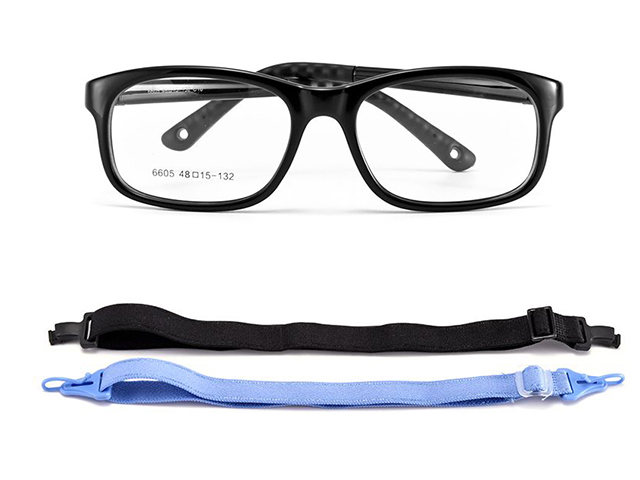
it may be due to visual perception disorders!
Why did the child write 96 instead of 69?
Why did the child always add the tens digit to the ones digit?
Why did the child calculate correctly but
copy it wrong?
Is it just because of carelessness?
These seemingly "careless" behaviors
are actually the child's lack of visual perception ability.
What is visual perception ability?
The so-called visual perception ability does not only refer to vision. Visual perception includes visual reception and visual cognition.
15-30% of primary school children have potential visual perception problems. Children with slow visual development are prone to slow recognition of pinyin or letters, numbers, and words after going to school, and are unwilling to do homework or do homework very slowly. They don't like to read books, or add or omit words when reading or reciting, and often make typos.

Three critical periods for the development of visual perception
The first is the mother's movement status when the fetus is about 9 months old, which is most important for the establishment and learning of the fetal vestibular balance system. Therefore, child education experts advocate appropriate walking, advocating turning over and raising head training when the child is "hundred days old", encouraging giving up strollers, carrying and hugging more, advocating crawling training, etc.;
The second is the completion of the two spatial rotations from supine to prone after birth, from being hugged to being carried;
The third is the situation of learning to crawl. The more crawling, the more conducive it is for children to understand spatial relationships.
How to improve visual perception
The visual perception ability of each child is different.
If a child's visual perception ability does not reach the level of the same age,
it is easy to be careless.
So how to improve visual perception?
Why not start from the following aspects!
Visual breadth
Children with a large visual breadth and who can read ten lines at a glance are of course much more efficient than children with a small visual breadth who read word by word.
Training method: Schulte Grid
The Schulte Grid is to draw 25 squares on a square card and fill in the numbers 1 to 25 in the grids in a random order. The tester reads out the numbers in order at the fastest speed. It is the simplest, most effective and most scientific method of attention training. Studies have shown that it takes 7-8-year-old children 30-50 seconds to find the numbers on each chart in order, with an average of 40-42 seconds; normal adults take about 25-30 seconds to look at a chart. Come and try it!
Visual Focus
It is manifested in acuity (immediate attention), persistence (no distraction), selectivity (focus on key points), and distribution coordination (the ability to distribute when observing multiple things at the same time).
Insufficient performance: lack of concentration and easy to be distracted
Training method:
Stare. Stare at a fixed point for one minute.
Pick up beans. Use chopsticks to pick up beans one by one into an empty bowl.
Visual tracking
Dynamic visual focusing ability.
Insufficient performance: When the teacher walks around in the classroom, the eyes cannot follow the teacher.
Training methods:
Throw the ball into the basket. Throw a small ball, sandbag, etc. into the basket from a long distance, and follow the movement trajectory of the object with your eyes.
Follow the moving light. Project the light of the flashlight onto a wall, move the light, and let the child follow the light without moving his head.
Visual memory
The brain's ability to classify and integrate what it sees, and then store it to form a memory determines how much knowledge the child will eventually absorb.
Insufficient performance: Poor question-reading ability and high calculation error rate.
Training methods:
Origami. Let the child memorize while imitating your movements
Flash card training or memorizing playing cards. Take three cards, let the child see them clearly, turn them over and swap their positions, and then let the child say the order of the three cards.
Visual discrimination
The child's ability to distinguish the similarities and differences between the characteristics of objects.
Insufficient performance: "up" and "down" are not distinguished, "b" and "d" are not distinguished.
Training methods:
Hide and seek with toys. Hide toys and other items, leaving only part of them, and ask the child to say what they are.
Find similar characters. Give several groups of long, easily confused numbers or Chinese characters, and ask the child to quickly find the different numbers in them. For example: How many 3s are there in 8888388883883888388838888388888?
Visual imagination
When thinking, children can construct a certain graphic or abstract concept, a visual imagination of sensory appearance in their brain.
Insufficient performance: geometry problems, application problems, and image thinking problems cannot be understood
Training methods:
Art of nature. Let the child observe stones, trees, and clouds in nature and say what they look like.
Painting. Develop visual imagination, visual tracking, and hand-eye coordination through graffiti.
If the child often copies the wrong, omits, or reverses the numbers, parents should pay attention to it while blaming the child for being careless. It is best to go to the professional department of the hospital (developmental behavior department or child psychology department) to evaluate the child's learning ability. Don't think that your child is just careless or stupid and miss the opportunity to correct him.